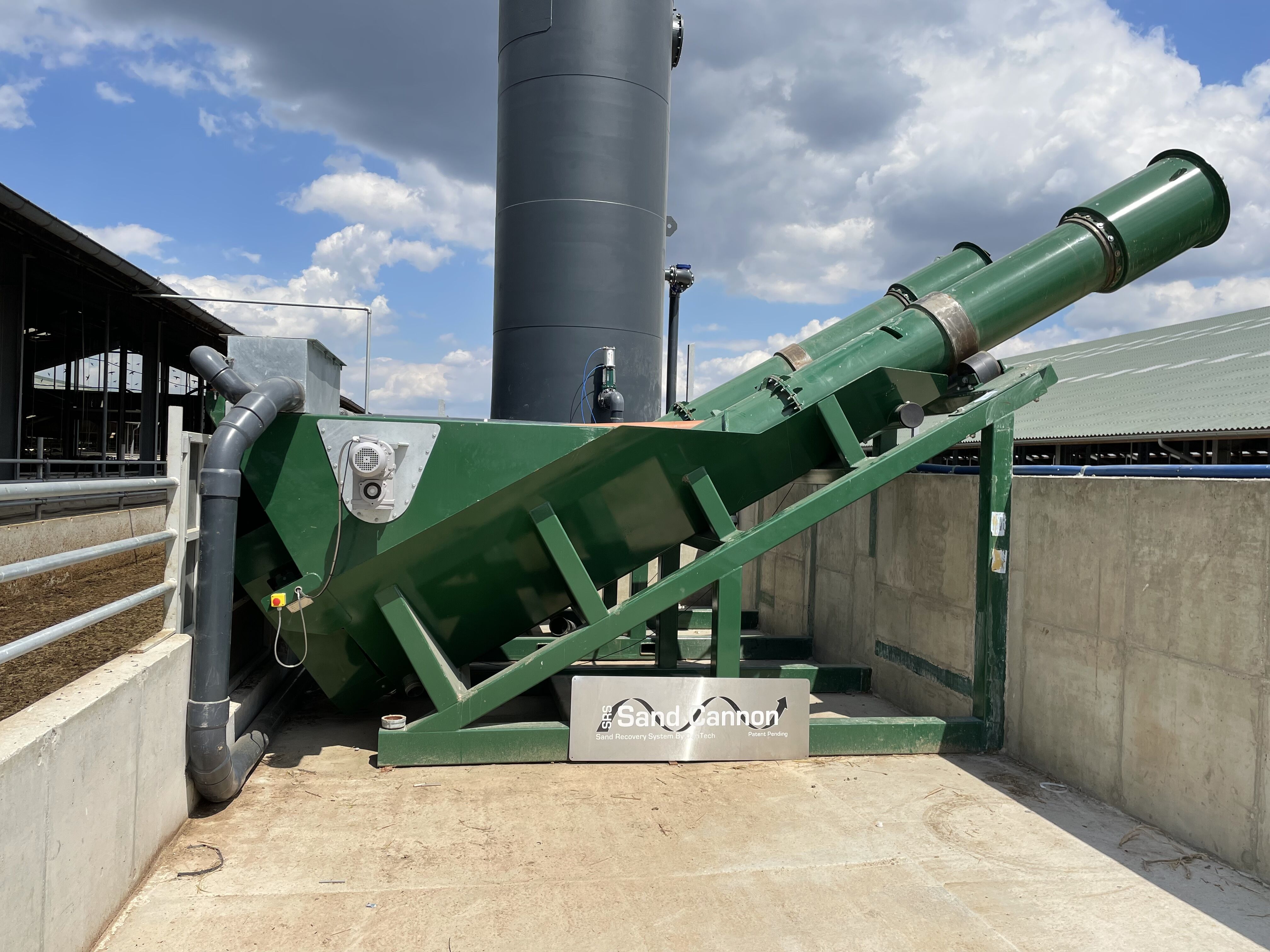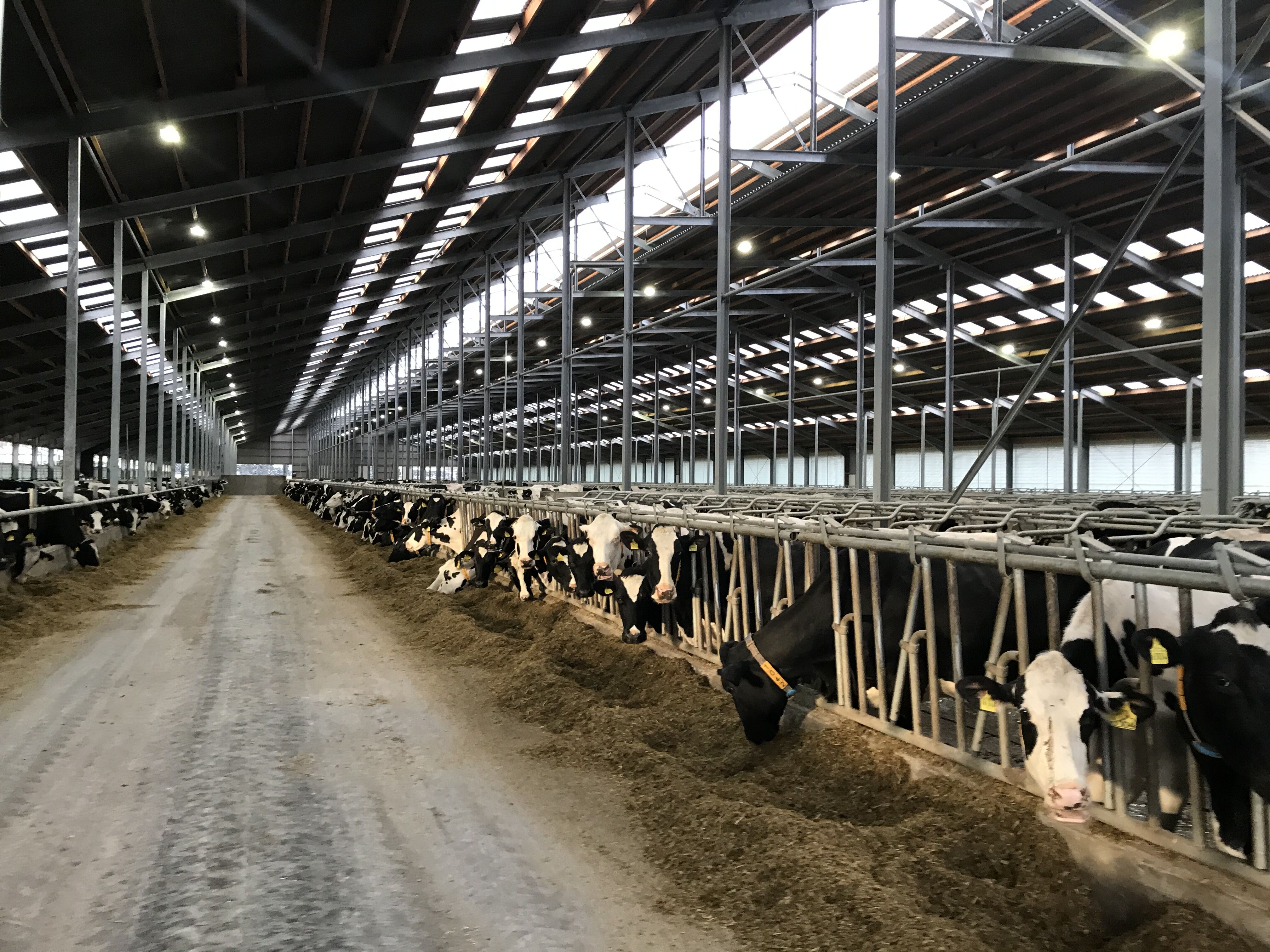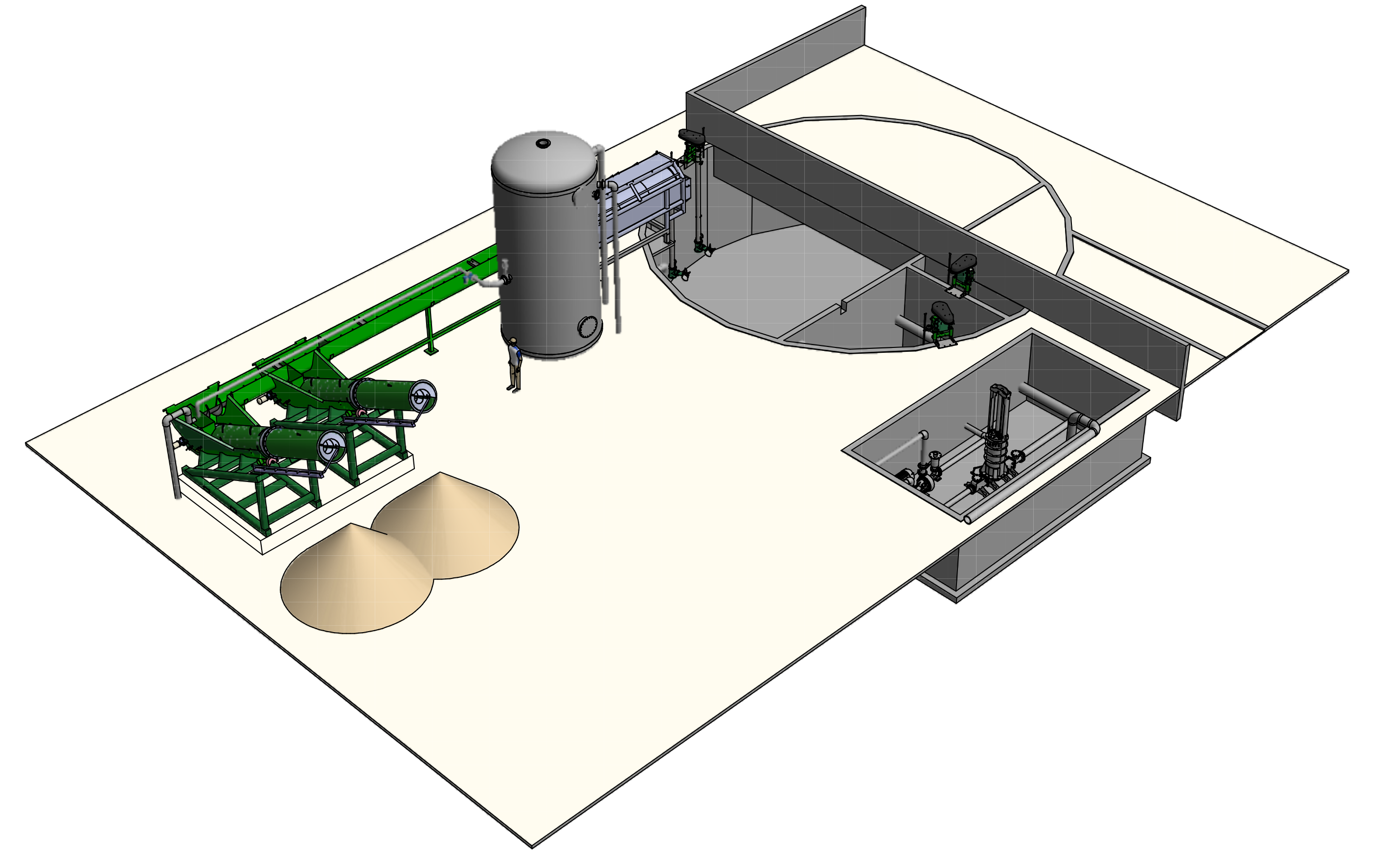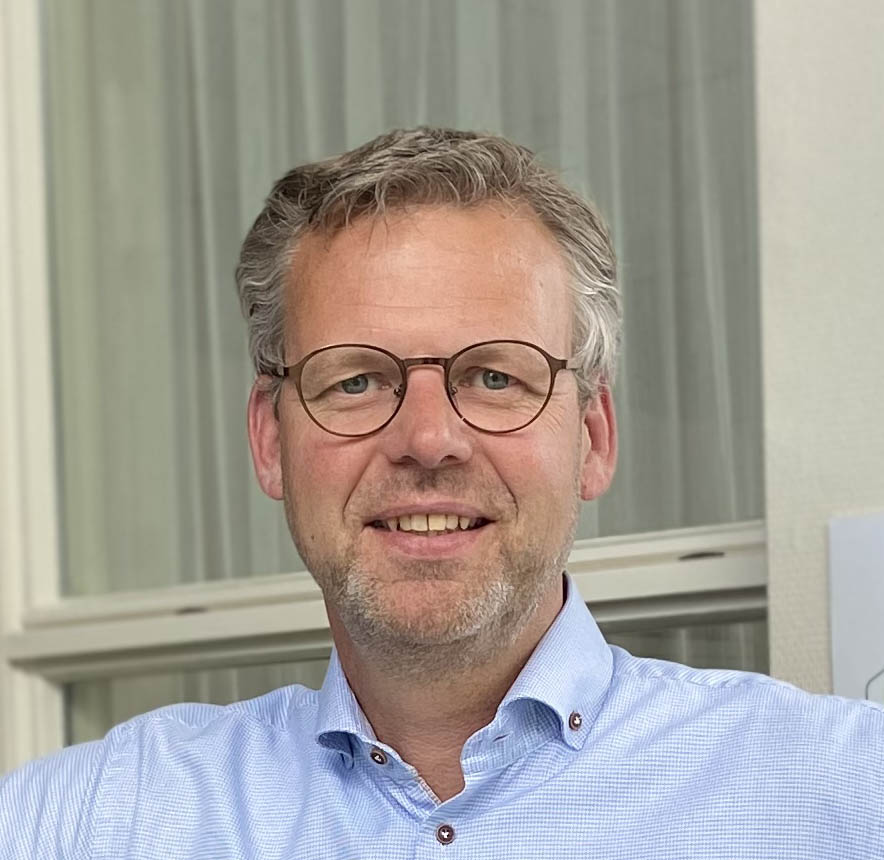Sand separation without building permit
Vincent and Liesbeth, together with their family, have taken over a dairy farm in East Germany. Straw was used in the boxes on this farm. However, with the new construction the new owners opted for sand beds in order to offer their cows optimum comfort.
The livestock farm has a total of 1600 dairy cows. In the new barn a solid floor has been chosen. 1300 cows use comfortable sand boxes and experience the benefits. They lie longer, it provides excellent traction when they stand up or lie down, jump weight abrasions are reduced and they stay healthier. The result is a higher milk production and a healthy operating result.
The other 300 boxes are filled with a straw mixture. This was chosen because the purchase of straw is cheap (in addition to the livestock branch, there is also an arable branch) and because this material is a good addition to the biogas installation.
Advantages according to Vincent
- our cows feel more comfortable in the sand and suffer fewer slip injuries
- no long permit process for the realization of the sand separation system
- 90-97% sand recovery
- after three years the system is paid off and every kilo of sand generates money
- CO2 savings of approximately 80,000 kg yearly
Sand in combination with the Biodigester
After the expansion of the biodigester, the manure from the new barn must also be fermented in the manure digester and converted into green energy. Due to the choice of sand bed, a solution had to be found for filtering the sand from the manure, so that this manure could also still be fermented. Sand and biogas go well together in this setup. Vincent turned to Mavasol for a sand separation solution. “Earlier I had already been in contact with a party for optimizing the manure digester. But to me, making money from sand reclamation seemed good for the future. Sand is becoming more and more expensive and less purchasing gives me a direct benefit. Sand separation also gives me more options for biogas” – says Vincent about his choice.
After a site visit, a first sketch was made for a sand separation system. In order to make optimal use of the space, a plan was made for the One Shot Sand Separator. A 3D drawing was made for this. Vincent and Mavasol also visited a Danish dairy farmer to see how the One Shot Separator works.


Plan B
When going through the planning, it was established that the construction work would have major effects on business operations due to the constructive situation. For the best result, it was necessary to adjust the wells in the walking routes, this made it so that the cows' walking routes could not be used for a number of weeks. “Because we found out about this in time, Mavasol looked at another solution that would disrupt day-to-day operations less.”
In the end, a double Sand Cannon sand separation system was chosen instead of the One Shot system. This installation does not have to be placed in a pit because the Sand Cannon has its own above-ground collection tank. The addition of the cross auger makes it possible to process the sand from more than 1300 boxes.
No building permit
An additional advantage of the new solution was that no major adjustments had to be made to the existing wells. The large round manure pit was divided into three different sections; solids pit, a raw manure pit and the liquids pit. As a result, no infrastructural changes were necessary and construction could start immediately. The existing wells and pumps could also be easily integrated into the new system.
Collaboration with Mavasol
In 2021, Vincent contacted Mavasol. He had discussed the possibilities of a sand bedding and a biogas installation with a biogas supplier. Because it seemed interesting to him to recover sand and reuse it, he decided to contact a sand separation specialist.
After initial contact and a company visit, Vincent and his father visited a project in Denmark together with Klaas. “We think it is important that the customer knows what kind of installation he is purchasing. By visiting one of our customers with a similar machine, the customer gets a better feeling for the solution. Usually, the farmer visited is open to questions and is happy to explain why he has chosen this installation. And a customer is often better in telling this himself.” – says Klaas, director of sales at Mavasol.
Savings and CO2 reduction
Vincent has the ability to recover more than 90% of the sand. Currently, even 97% of the sand is recovered! Due to the rising costs of sand purchase and the reduction of transport costs for new deliveries, the complete installation has an expected payback period of 3 years. The project was completed in June 2022. In the summer of 2025, the entire installation will be paid off and every kilo of reclaimed sand will generate money for the farm.
With a quotation for a sand separation system, the CO2 reduction is also calculated in addition to the payback period. This is done using the Life cycle greenhouse-gas emission calculator made by LCA consultants. The LCA report of Vincent and his family’s dairy farm includes the costs of sand supply and removal, the necessary emissions from the installation and the spreading of manure over the land. This results in 80,000 kg CO2 savings on an annual basis. Saving CO2 is becoming increasingly important in livestock farming, in addition to reducing the CO2 footprint, this saving can also yield financial benefits.
This is equivalent to 36 petrol cars driving 10,000 kilometers per year. Source: Milieu Centraal.
Explanation comparison petrol car: An average petrol car that drives 10,000 kilometers annually emits approximately 2,240 kg of CO2 over the entire year. 80,000 / 2240 = 35.7 cars = rounded up to 36.
How does the system work?
The 3D drawing shows that the sand separation system uses two wells. These are the existing pits located on the side of the barn. The existing routing in the barn will remain. First, the manure is pushed from the stable into the manure pit. The piston pump pumps the manure out of the well and transports the mixture to the Sand Cannon.

For the Sand Cannon reservoir, the manure is mixed with recycled water and the coarse sand is filtered out of the mixture. The cross auger ensures that the fine sand settles and that the thin manure, which is now free of sand, ends up in the DT360 manure separator.
The DT360 takes care of the separation of the liquids and the thick fraction, leaving the latter so that it can be used in the biogas plant. The liquid can be used again for mixing the manure that comes directly from the stables and still needs to be separated.



